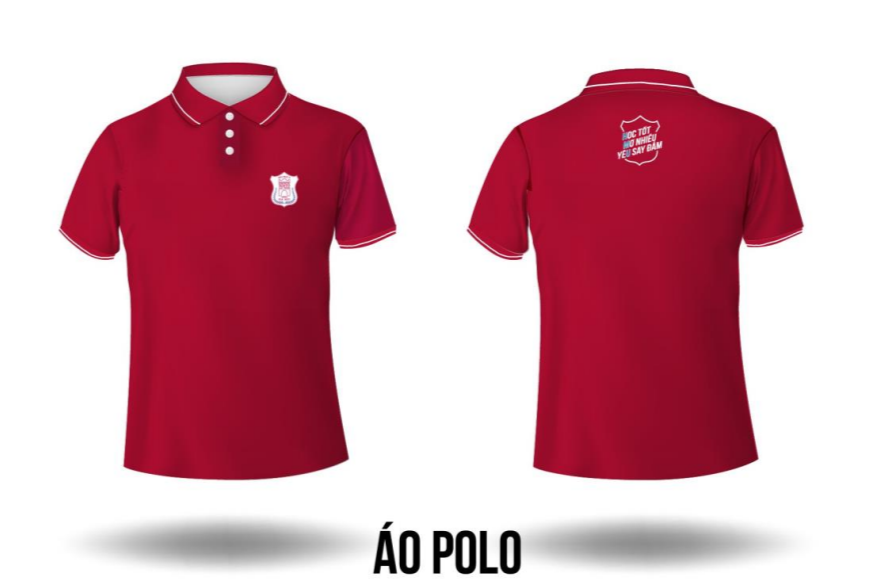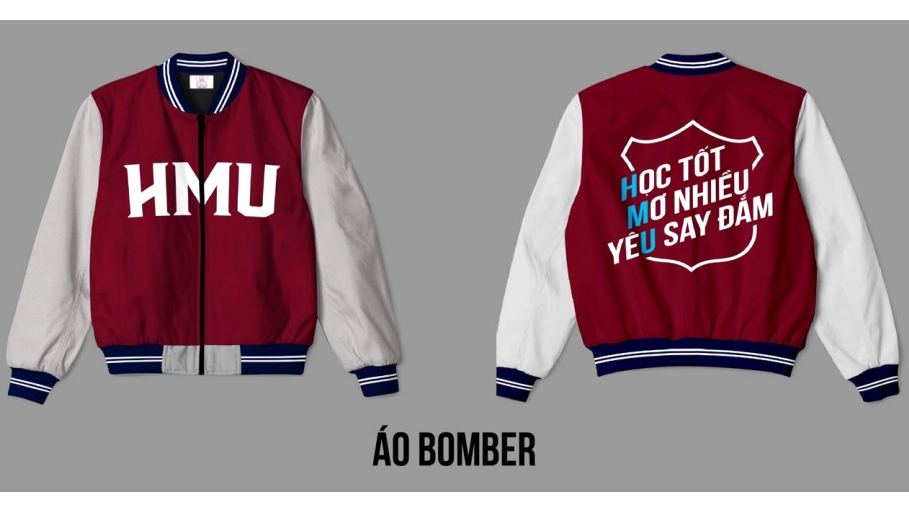For traditional uniforms, the school requires students to wear designated summer, winter, or sports uniforms depending on the season and activity, along with dark-colored trousers (female students may wear dark skirts that extend past the knees), closed-back shoes or sandals, and student ID cards.
Students must wear the traditional uniform during university-organized events or when representing the school at external organizations.
For laboratory work, internships, or community practice, students are required to wear a lab coat, display their student ID, keep their nails trimmed short, and wear a mask when interacting with patients.
When attending national defense education classes, students must wear the official uniform of the designated teaching unit.
When participating in club or team activities, students must wear the respective club or team uniforms as regulated by the Youth Union and the Student Association.
Outside of uniform-mandated events, students must wear neat, clean, and appropriate attire during classes and other university activities to maintain a respectful environment.
The school also encourages ethnic minority students to wear their traditional clothing on suitable cultural or festive occasions and on days when uniforms are not required.
The regulation explicitly prohibits the following clothing:
Dirty, sloppy, or see-through clothing; outfits with offensive images or text that are inappropriate for an educational setting, contrary to Vietnamese customs, or in violation of the law.
Short skirts or pants that expose the knees; low-rise pants or skirts; ripped jeans, particularly those torn at the knees, thighs, or hems.
Low-cut tops, sleeveless shirts, or crop tops.
Sandals without back straps.
Any attire that violates dress requirements for specific activities.
Bright or flashy dyed hair.
The university explained that this dress code aims to foster a sense of responsibility among students in maintaining school security, promoting school pride, and creating a healthy cultural environment. It also supports the practice of civilized behavior on campus and helps build a disciplined, professional image for students.
The regulation applies to all students during their study, practice, and other activities organized by the university, both on and off campus.
Students will be penalized with a deduction of 1 to 3 conduct points for each violation after being reminded or asked to write a self-reflection. Depending on the severity and impact of the infraction, disciplinary measures may range from a formal warning to a public reprimand before the entire school.
Thanh Hung

